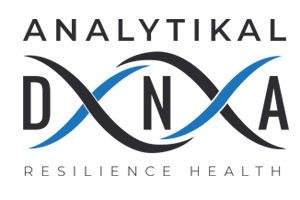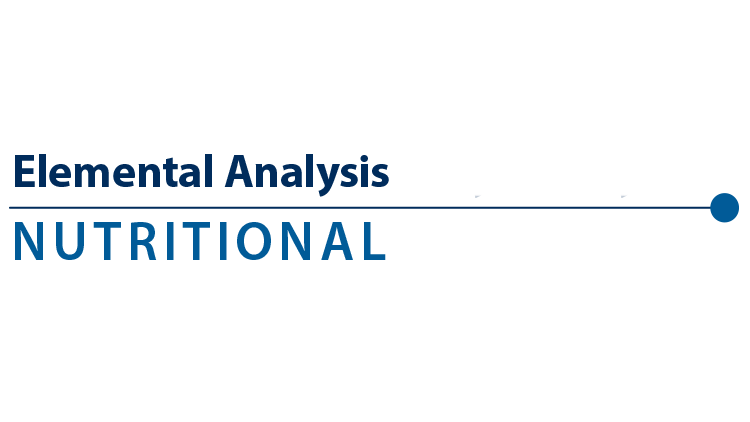Description
he Elemental Analysis is a toxic exposure profile that measures blood levels of 4 common toxic metals and 8 nutrient elements. This profile is ideal for patients suspected of toxic metal exposure as well as common mineral imbalances.
When should testing for elements be considered?
Patients suspected of having exposure to toxic heavy metals may benefit from testing. Nutrient elements (minerals) are generally considered beneficial, although may be problematic in toxic doses.
Occupational and industrial exposure, or exposure through various hobbies may put patients at higher risk for toxicity. Those most at risk include workers in industries such as metal refining, alloying, parts manufacturing in aerospace and machine tools, electronics and computer manufacturing, welding, plumbing, construction, oil refining, mining, waste disposal, pesticide manufacturing and application, pigment and coating manufacturing, petrochemical production, dentistry, firearms and ammunition, and work with glass, dyes, ceramics, or paints.1,2
In addition to occupational exposures, everyday activities may put patients at risk of increased exposure to toxic metals: proximity to the above-mentioned industries where groundwater and air contamination can distribute metals; smoking; living in homes with older wells, pipes, and building materials; consumption of foods known to be contaminated with metals (seafood, rice); taking supplements from manufacturers lacking good manufacturing practice (GMP); use of personal care products and cosmetics; taking certain medications; exposure to emissions and exhaust fumes; and exposure to paints, dental amalgams, and fireworks.1,2
Symptoms and conditions associated with heavy metal toxicity and mineral imbalances
A wide range of acute and chronic conditions have been associated with toxic heavy metals and mineral imbalances including, but not limited to:1-5
- Neurological disorders (neuropathy, headaches)
- Cognitive decline
- Mood disorders (depression)
- Cardiac abnormalities (arrhythmias, abnormal ECG)
- Diabetes
- Cancer
- Reproductive issues
- GI concerns (vomiting, diarrhea)
- Lung issues
- Renal impairment
- Skin rashes
- Anemia and other hematologic disorders
The Elemental Analysis Markers
The following markers are assessed in various components of the blood in alignment with the medical literature and/or National Health and Nutrition Examination Survey (NHANES) reporting.
- Lead (whole blood)
- Mercury (whole blood)
- Arsenic (whole blood)
- Cadmium (whole blood)
- Chromium (whole blood)
- Copper (plasma)
- Magnesium (RBC)
- Manganese (whole blood)
- Potassium (RBC)
- Selenium (whole blood)
- Vanadium (whole blood)
- Zinc (plasma)
What advantage does the Elemental Analysis offer compared to other diagnostics?
Metals and minerals can be measured in various sample types including blood, urine, hair, and nails as the most accessible tissues to quantify exposure. However, there are multiple variables that impact which sample type is most appropriate including the element’s half-life, valence state/form/species, toxicokinetics, dose, time span of exposure, and route of exposure.2,6,7
Genova offers testing for minerals and metals in either blood or urine. Both sample types indicate recent exposure with a few exceptions. In general, the window of exposure for urine is approximately a few hours to a few days, whereas blood is often a longer window, from a few hours to up to a few months. The actual time frame that each sample type represents varies for each metal being measured due to the variables listed above.2,6,8 More information on the nuances of metals and sample types can be found in the Toxic Element Chart.
Once an element enters the body, it is either eliminated or deposited into tissue, which can result in long-term storage. Elements are eliminated through feces, bile, urine, sweat, hair, and nails. Assessment of tissue accumulation of toxic metals, also referred to as “body burden”, is challenging. Some clinicians perform a provoked urine test by using a chelator to liberate stored metals from the tissues.6 Please note, Genova does not provide chelation or provocation protocols and reference ranges apply to non-provoked/non-chelated conditions.
Hair analysis is not offered at Genova, as external contamination may interfere with results. In general, hair is not a reliable sample type to determine exposure to most elements.2
Genova’s Methodology
Elements are measured using Inductively Coupled Plasma Mass Spectrometry (ICP-MS). Genova measures total levels and does not speciate individual elements. Reference ranges for lead, mercury, and cadmium are set at NHANES 95th percentile.9 Reference ranges for all other elements were developed from a questionnaire-qualified healthy cohort. Reference ranges do not provide absolute levels at which a related symptom may occur — clinical correlation is recommended.
What can clinicians and patients expect from element testing?
The Elemental Analysis assesses blood levels of mineral and toxic elements acquired through either chronic or acute exposure. Minimizing or eliminating continued exposure to the toxic element is crucial. Clinicians may choose to initiate detoxification and/or nutritionally supportive treatments based on results if medically appropriate.




